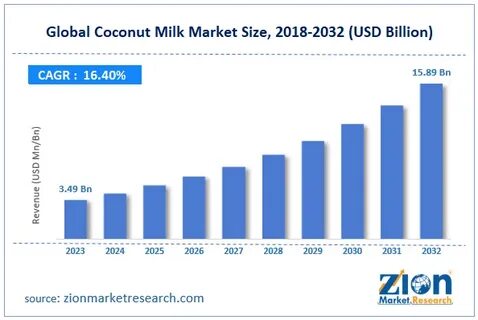Understanding the dynamics of the Prem share price is essential for both seasoned investors and those new to the stock market. The share price of any company reflects various factors, including market conditions, company performance, and broader economic influences. In this article, we will delve deep into the Prem share price, exploring its recent trends, the factors influencing it, and what investors might expect in the near future.
What is Prem Share Price?
The Prem share price refers to the current trading value of shares in Prem, a company listed on the stock exchange. Share prices are dynamic and fluctuate throughout trading hours based on supply and demand, market sentiment, and broader economic factors. For those invested in Prem, understanding these fluctuations can provide insights into potential opportunities or risks.
Recent Trends in Prem Share Price
In recent months, the Prem share price has experienced noticeable volatility. This fluctuation can be attributed to several factors, including changes in the company’s financial performance, market sentiment, and broader economic conditions. Investors closely monitoring the Prem share price have observed a series of ups and downs, which are not uncommon in today’s market.
Factors Influencing Prem Share Price
Several key factors influence the Prem share price, including:
- Company Performance: The financial health of Prem, including revenue growth, profitability, and operational efficiency, plays a critical role in determining the share price. Strong quarterly earnings reports often lead to an increase in the share price, while weaker performance can result in a decline.
- Market Sentiment: Investor perception and market sentiment significantly impact the Prem share price. Positive news, such as a new product launch or strategic partnerships, can boost investor confidence, driving the share price up. Conversely, negative news can lead to a drop in share price.
- Economic Factors: Broader economic conditions, such as interest rates, inflation, and economic growth, also affect the Prem share price. In a booming economy, share prices generally rise as businesses perform well, while economic downturns often lead to declines.
- Industry Trends: The industry in which Prem operates also plays a role in its share price. Changes in industry trends, technological advancements, and regulatory changes can all influence the Prem share price.

How to Analyze Prem Share Price
Analyzing the Prem share price involves a combination of fundamental and technical analysis.
Fundamental Analysis
Fundamental analysis focuses on evaluating Prem’s financial health, including metrics such as earnings per share (EPS), price-to-earnings (P/E) ratio, and return on equity (ROE). By analyzing these factors, investors can assess whether the Prem share price is overvalued or undervalued compared to its intrinsic value.
Technical Analysis
Technical analysis, on the other hand, involves studying historical price charts and trading volumes to predict future price movements. Investors often look for patterns, such as moving averages and support/resistance levels, to make informed decisions about buying or selling Prem shares.
What to Expect in the Future?
Predicting the future Prem share price is challenging due to the myriad of factors at play. However, investors can make educated guesses based on current trends, company performance, and economic conditions. If Prem continues to perform well and market conditions remain favorable, the Prem share price could see an upward trend. Conversely, any negative developments could result in a decline.
Expert Opinions
Many financial analysts offer their insights on the potential direction of the Prem share price. Some believe that Prem has strong growth potential due to its innovative products and expanding market presence. Others caution that external factors, such as economic uncertainty or industry-specific challenges, could pose risks.
Tips for Investors
For those considering investing in Prem, it’s essential to stay informed about both the company’s performance and broader market trends. Diversification is key; while investing in Prem could offer significant returns, spreading investments across various assets can reduce risk.
Conclusion
The Prem share price is a vital indicator of the company’s market value and is influenced by a variety of factors, including company performance, market sentiment, and broader economic conditions. By understanding these dynamics and staying informed, investors can make more informed decisions about their investments. Whether you are a seasoned investor or new to the stock market, keeping a close eye on the Prem share price can provide valuable insights into potential opportunities or risks.
In summary, the Prem share price is more than just a number; it reflects the complex interplay of market forces and company performance. By regularly monitoring the Prem share price and considering the factors discussed in this article, investors can better navigate the stock market and make informed investment decisions.



